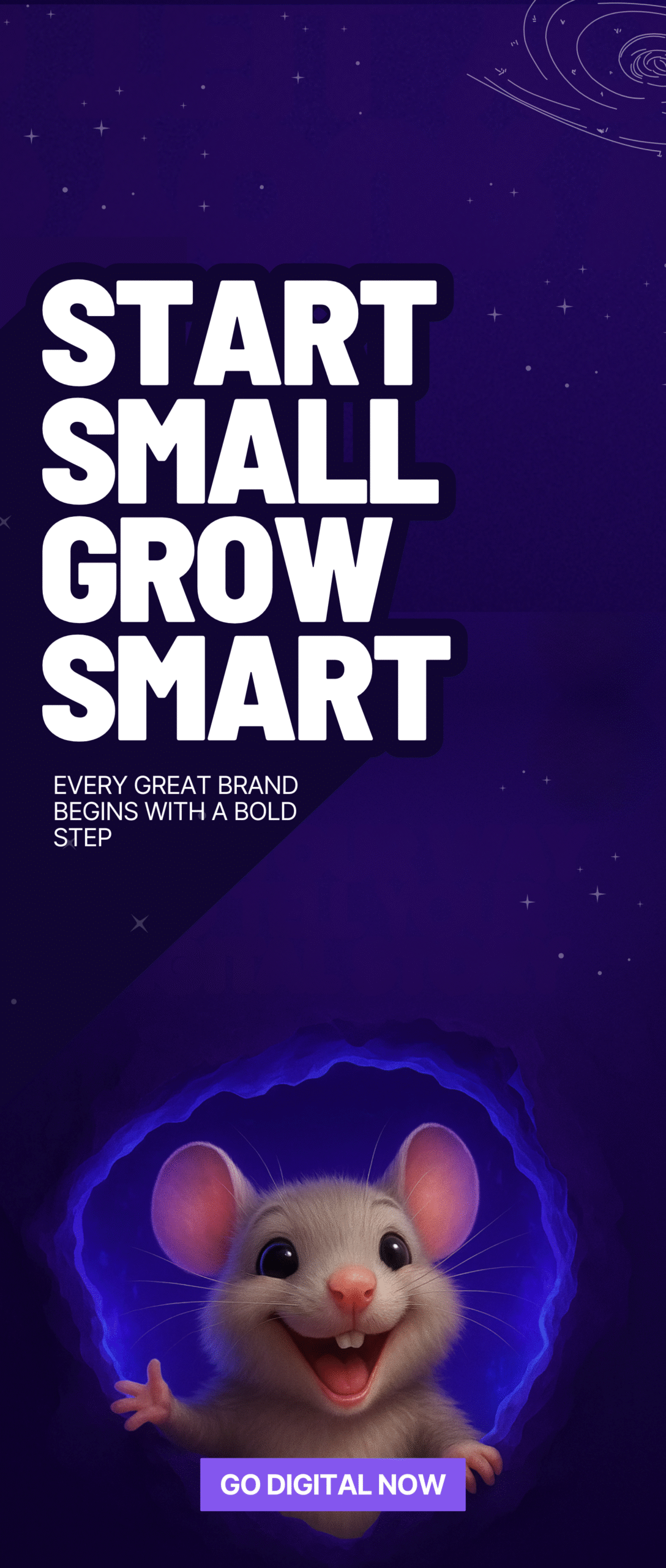One of the most effective strategies in contemporary digital marketing is influencer marketing. As social media platforms such as Instagram, YouTube, TikTok, and even LinkedIn gain popularity, brands are using influencers’ reach and trust to establish more genuine and interesting connections with their target audiences.
Here are some things you should know about influencer marketing in 2025, regardless of whether you are a startup, small business, or well-known brand.
What Is Influencer Marketing?
Influencer marketing is a tactic used by companies to market their goods and services by teaming up with people who have a sizable internet following. Because of the rapport and trust they have established with their audience, these influencers have the power to affect the purchases made by their followers.
Why Influencer Marketing Works
- Authenticity: Influencers are not viewed as staged advertisements, but as actual individuals. Their supporters have faith in their advice.
- Engagement: Influencers often have high engagement rates, meaning their content sparks conversations and drives action.
- Targeted Reach: Influencers having an audience similar to the target market can be partnered with by brands.
- Cost-Effective: Influencer marketing, particularly with micro and nano influencers, can provide a larger return on investment than traditional media.
Types of Influencers
- Mega Influencers: 1M+ followers (celebrities, public figures)
- Macro Influencers: 100K–1M followers (content creators, bloggers)
- Micro Influencers: 10K–100K followers (niche-focused influencers)
- Nano Influencers: 1K–10K followers (highly engaged communities)
Popular Platforms for Influencer Marketing
- Instagram – Excellent for travel, fashion, beauty, and lifestyle brands.
- YouTube – Perfect for vlogs, tutorials, and in-depth reviews.
- TikTok – Ideal for targeting Gen Z readers and creating brief, viral content.
- LinkedIn – Beneficial for thought leadership and B2B influencer marketing
- Facebook & X (Twitter) – Still applicable to debates, prizes, and news.
How to Run a Successful Influencer Campaign
1. Define Your Goals
- Brand awareness
- Website traffic
- Lead generation
- Sales conversion
2. Identify the Right Influencer
- Audience relevance
- Engagement rate
- Content quality
- Authenticity
3. Set a Clear Strategy
- Decide the type of content: posts, stories, reels, YouTube videos, etc.
- Create a content brief but allow creative freedom.
4. Track Performance
Use tools like Google Analytics, UTM links, and influencer platforms to track KPIs such as:
- Engagement (likes, shares, comments)
- Click-through rates
- Follower growth
- ROI
Influencer Marketing Best Practices
- Be Transparent: Make sure influencers utilize #ad or #sponsored to reveal paid material.
- Focus on Long-Term Relationships: Improved trust and outcomes are frequently the outcome of repeat cooperation.
- Respect Creative Freedom: Influencers are aware of what appeals to their followers.
- Diversify Your Campaign: To increase reach, use a variety of platforms and influencer sizes.
Challenges in Influencer Marketing
- False engagement and followers
- Ineffective influencer-brand collaborations
- Challenges in measuring ROI
- Changes to the platform’s algorithm
Use influencer marketing tools (such as Upfluence, Aspire, or CreatorIQ), do careful due diligence, and stay abreast of platform changes to get past these.
Influencer marketing is more than just a fad; it’s a potent tactic that, when used properly, can increase conversions, brand recognition, and credibility. Working with the proper influencers can help your brand get the genuine voice it requires as consumers grow pickier about what they believe they can trust online.
Start small, learn as you go, and keep your audience at the centre of your strategy if you’re new to influencer marketing.

